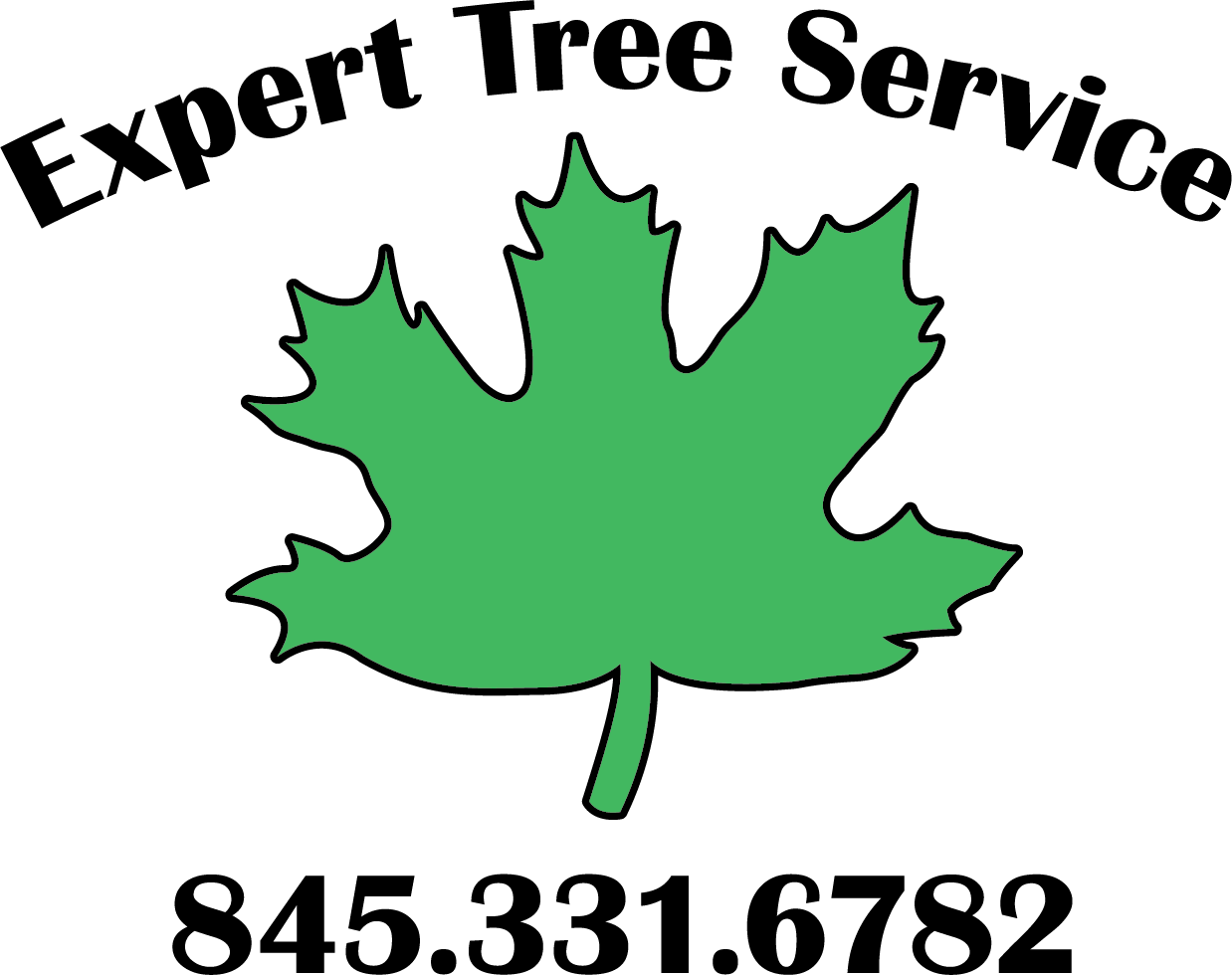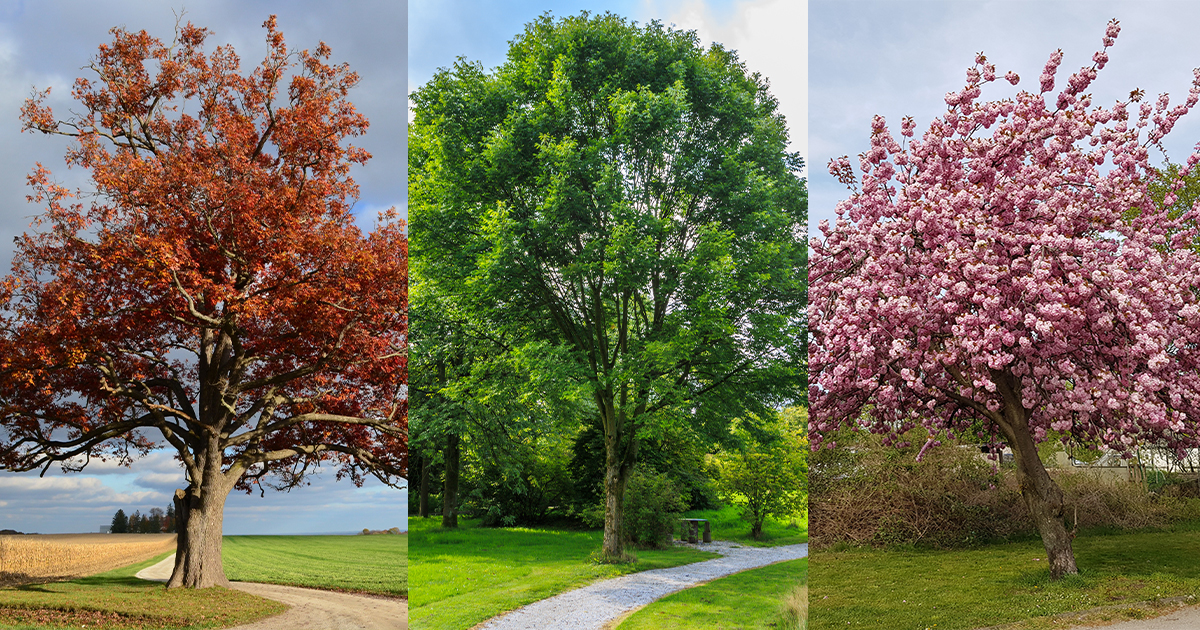These days, it seems like every city in the Mid-Hudson Valley is a certified “Tree City,” meaning it has an authorized Tree Commission, a Tree planning Ordinance, a budget of $2 per capita for trees, and an Arbor Day proclamation and ceremony. However, it was Poughkeepsie that really started the trend in New York State.
Poughkeepsie was the first city in the state to become certified as a Tree City by the Department of Environmental Conservation, all the way back in 1979. Their robust Poughkeepsie Tree Inventory and Community Forest Management Plan are funded by the Urban and Community Forest Program of the DEC; the city’s 12,000 trees are credited with providing shade, improving air quality, reducing stormwater runoff, and beautify Poughkeepsie’s streets and urban environment.
According to the Management Plan, the most common Poughkeepsie tree maintenance services needed are:
- Tree Pruning
- Tree Planting
- Stump Removal
- Tree Removal
The report says that proper tree maintenance will reduce future costs and increase the longevity of newly planted trees. It also has an entire section with suggestions about how to deal with the growing emerald ash borer infestation that is ravaging the Northeast; the options range from treating all ash trees, removing all of them, or a combination of treatment and removal, with “careful consideration” to determine which trees receive which option.
Here are Poughkeepsie’s most common municipal trees:
1. Norway Maple (Acer Plantanoides) – 1,725 Trees
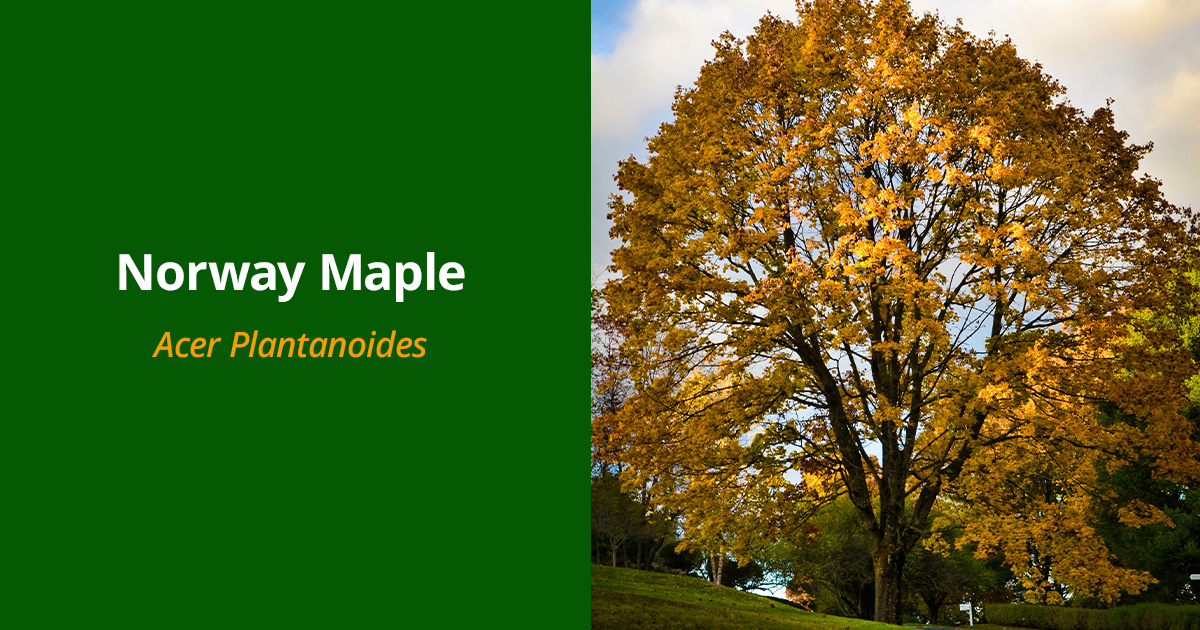
Just like in the Village of Catskill and City of Kingston, Norway Maple is the #1 tree in the City of Poughkeepsie. These trees may be affected by a disease known as verticillium wilt, and tar spot. These trees are best served by seasonal check-ups and pruning for maximum longevity.
2. Crabapple Species (Malus Floribunda) – 563 Trees
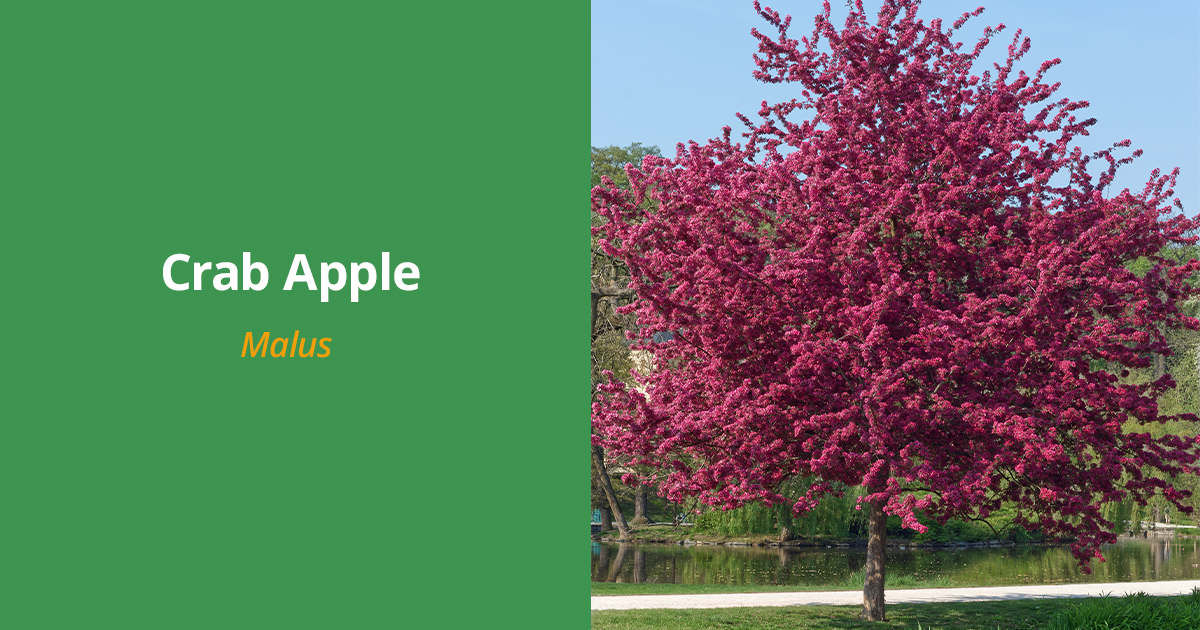
These trees are vulnerable to rust, apple scab and fire blight. Mulching around the base can help them retain moisture and prevent weeds.
3. Japanese Flowering Cherry (Prunus Serrulata) – 440 Trees
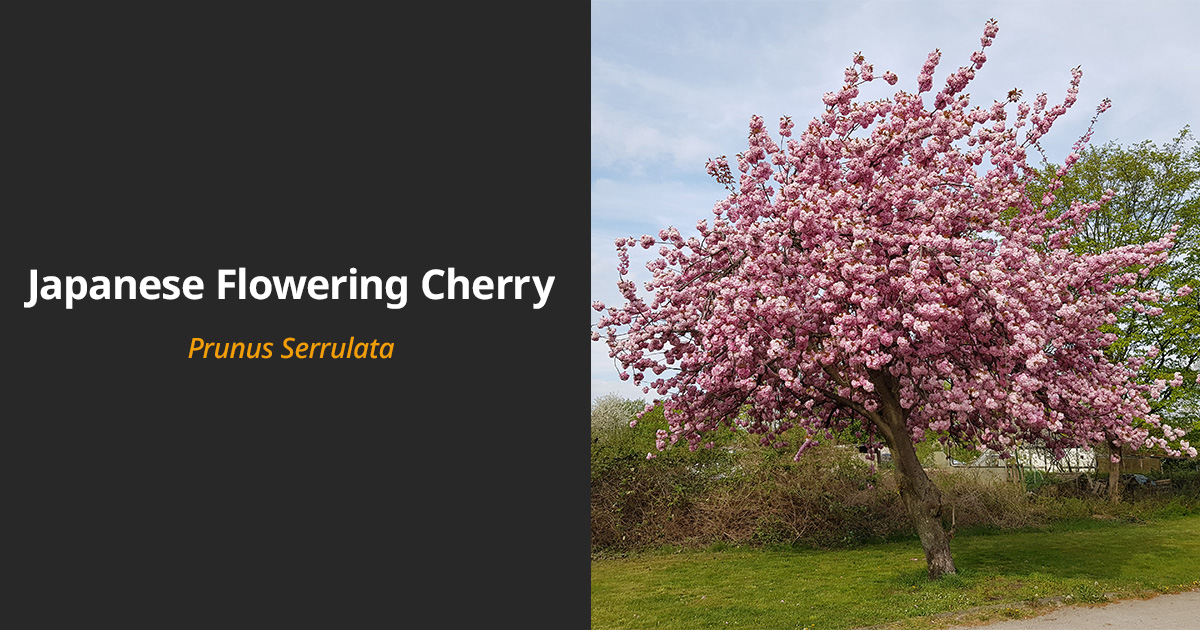
Japanese Flowering Cherry trees require lots of sunlight and well-drained soil.
4. Green Ash (Fraxinus Pennsylvania) – 326 Trees
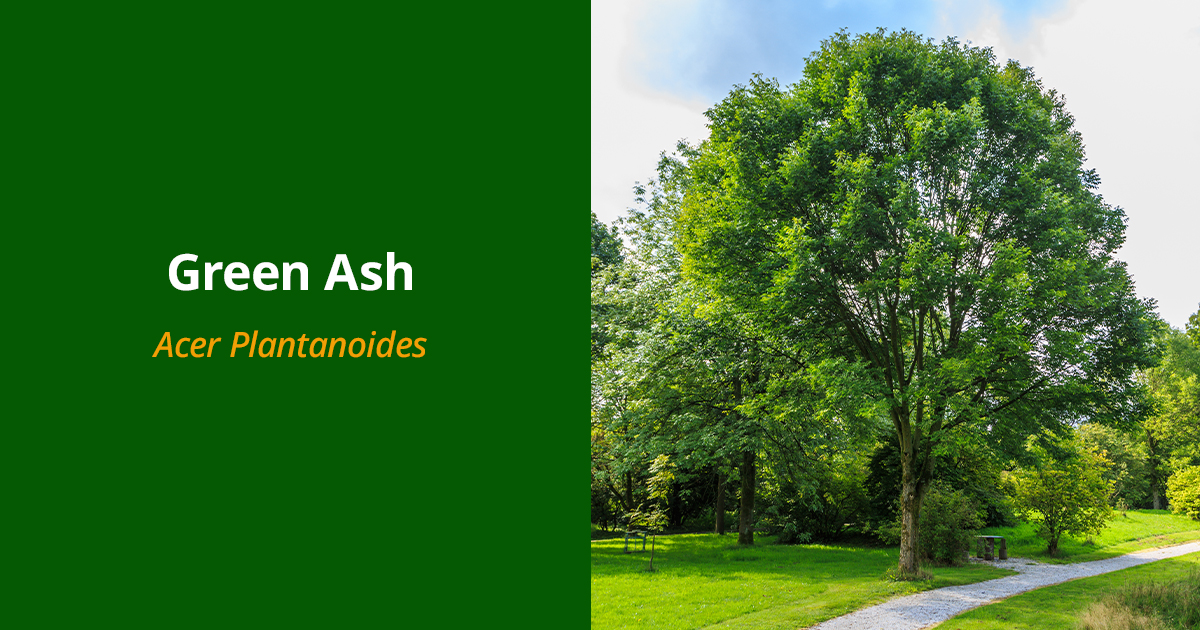
As mentioned earlier, these trees are being heavily affected by the ongoing emerald ash borer epidemic in the Northeast. For trees that are in fair to good health, it’s possible to administer treatments to the tree that will slow the spread of emerald ash borer.
5. Ornamental Pear (Pyrus Calleryana) – 291 Trees
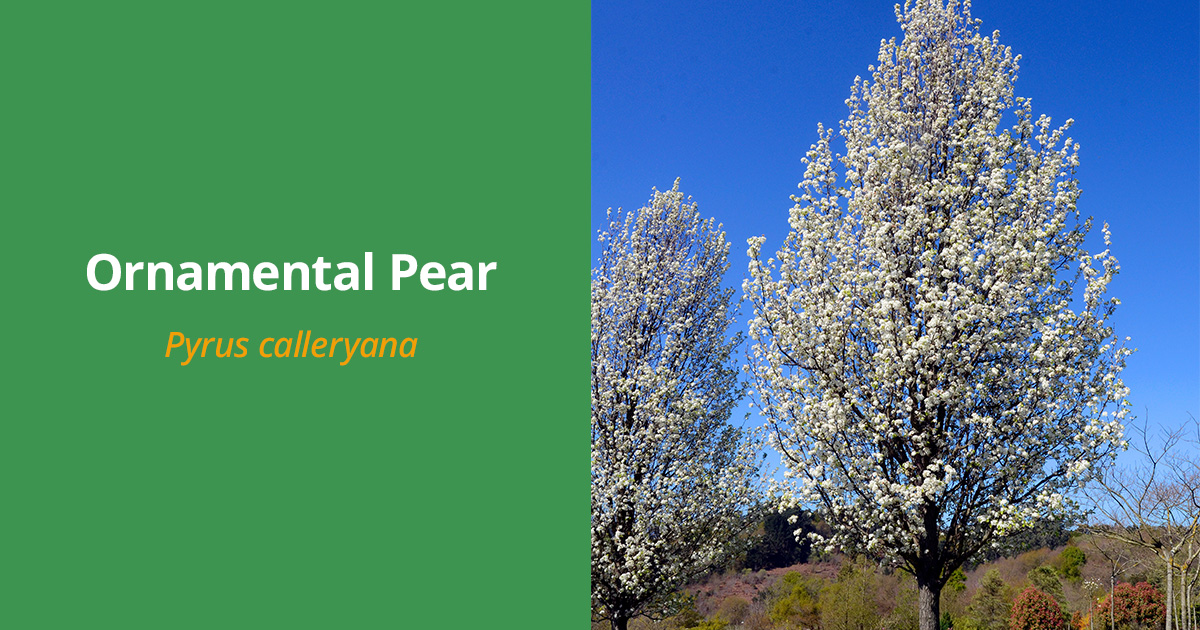
These trees have beautiful spring blossoms and vibrant fall foliage. They thrive in well-draining soil, and can benefit from a balanced, slow-release fertilizer to encourage healthy growth and flowering.
6. Honey Locust (Gleditsia Triacanthos) – 287 Trees

These trees benefit from regular pruning, deep, consistent watering and mulching.
7. Pin Oak (Quercus Palustris) – 258 Trees
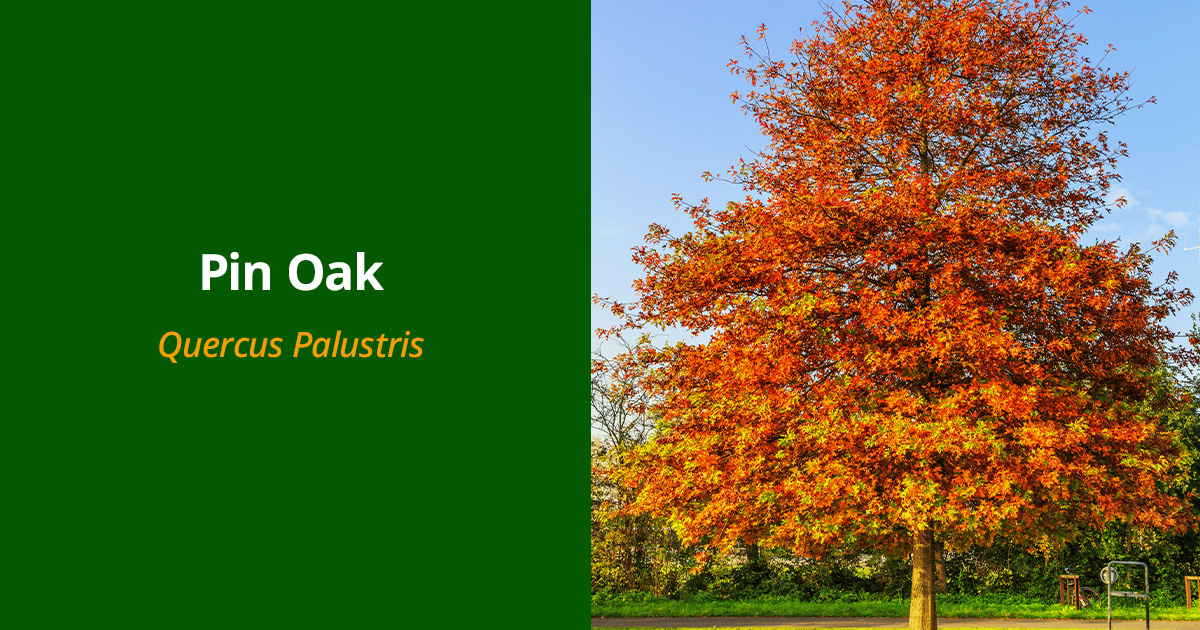
Pin oaks don’t require heavy fertilization, but they are vulnerable to pests like caterpillars. Addressing infestations quickly will prolong their life. They also benefit from regular watering to amintain a healthy root system.
8. Littleleaf Linden (Tilia Cordata) – 230 Trees
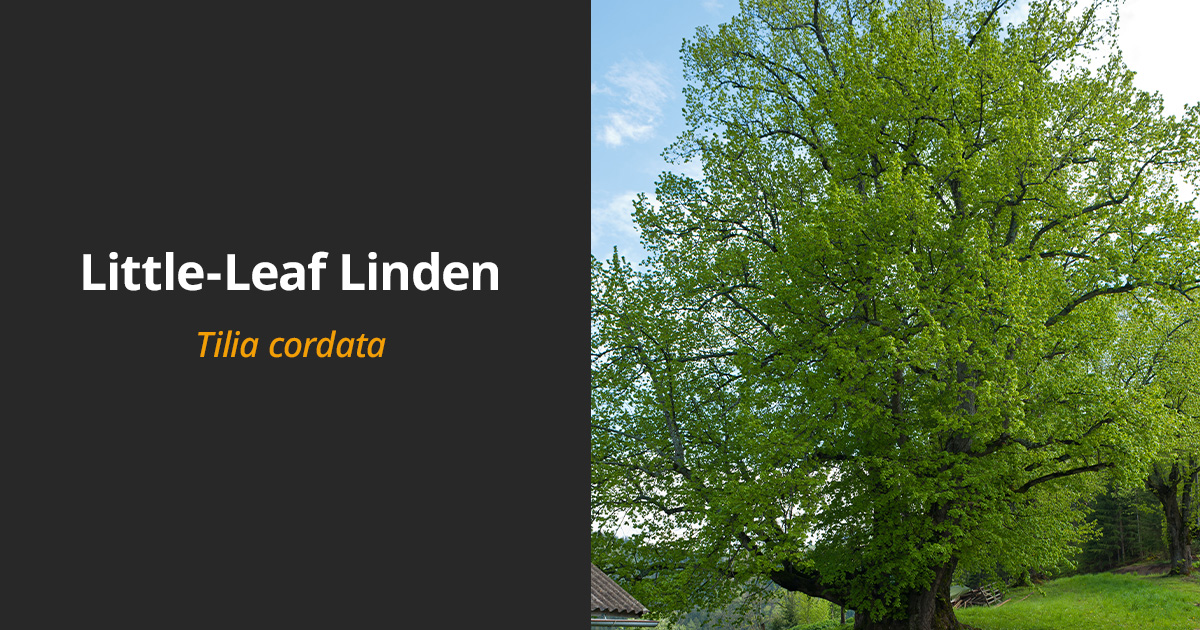
These trees benefit from consistent moisture in their early years, as well as pruning and shaping during the dormant season. They are vulnerable to aphids and Japanese beetles.
9. Red Maple (Acer Rubrus) – 160 Trees

Too much fertilizer is a bad thing for red maples; they thrive with consistent moisture and mulching, and are gorgeous in the fall.
10. Sugar Maple (Acer Saccarum) – 146 Trees
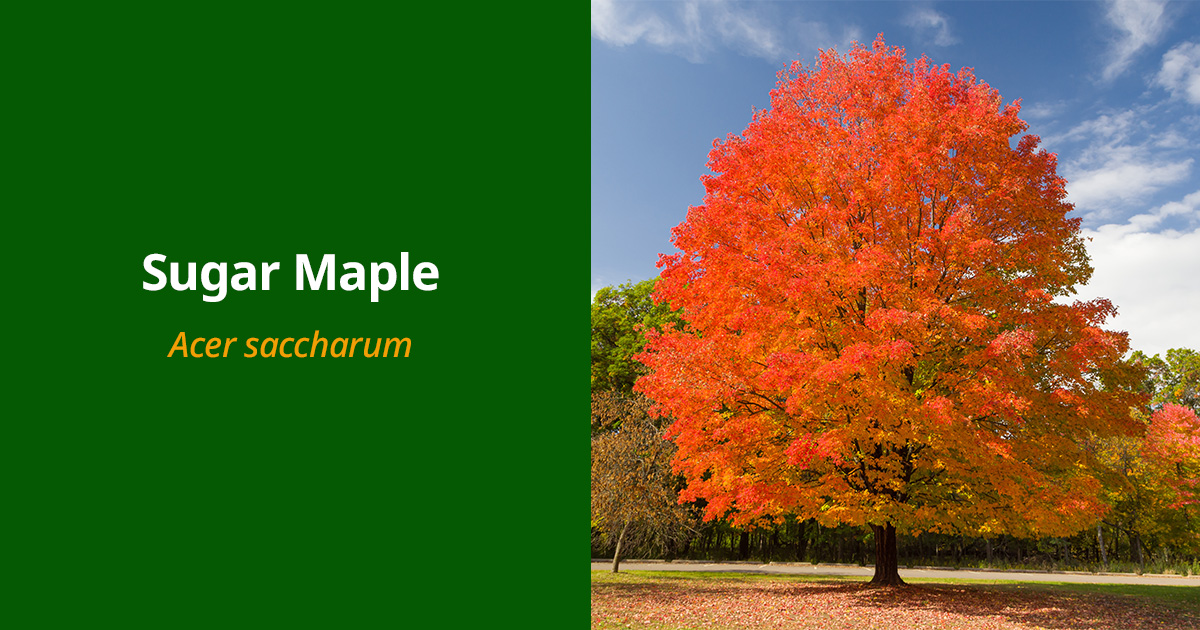
Sugar maples are very similar to red maples.
11. Eastern Hemlock (Tsuga Candensis) – 116 Trees

Eastern hemlocks benefit from moist, well-drained soil, mulching, pruning. They can do well without fertilization, and are vulnerable to hemlock scale and woolly adelgids. When deer occasionally venture into Poughkeepsie, they love to “browse” trees like eastern hemlocks.
12. Red Oak (Quercus Rubra) – 115 Trees
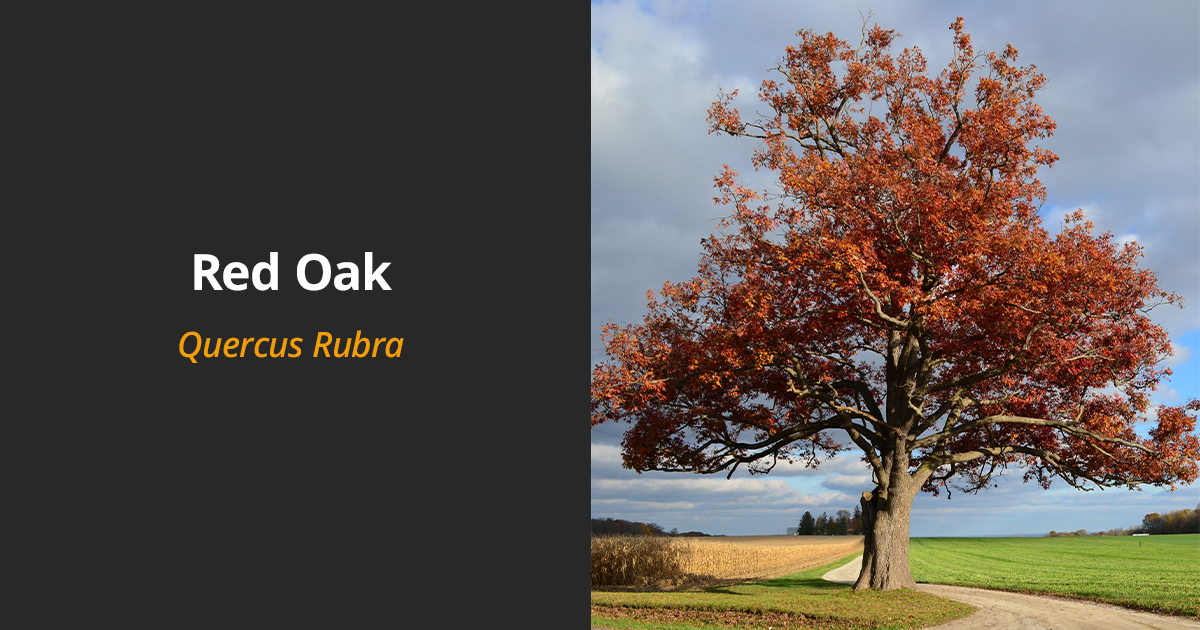
Red oak trees can use some watering during dry spells, and are also vulnerable to deer browsing.
